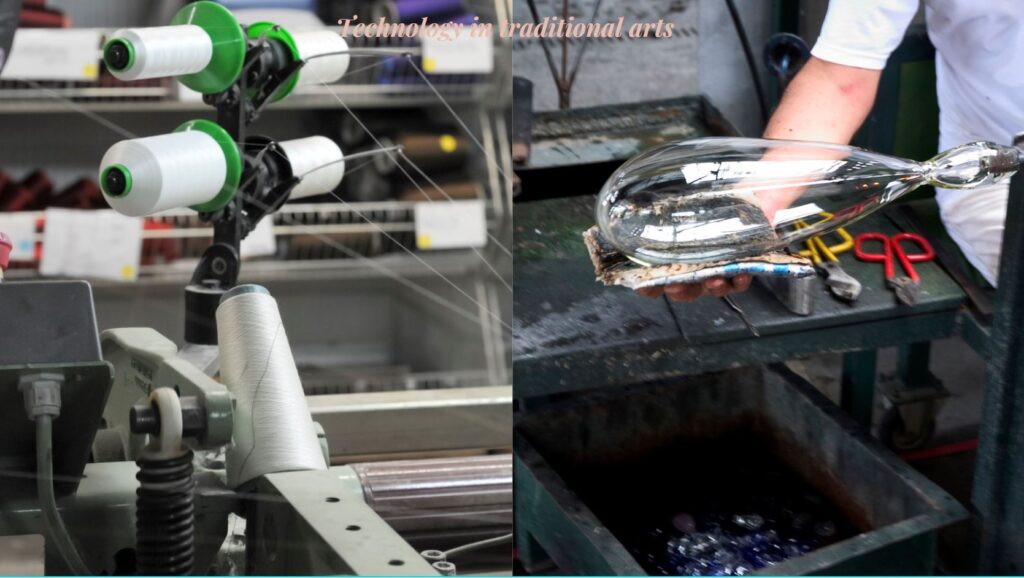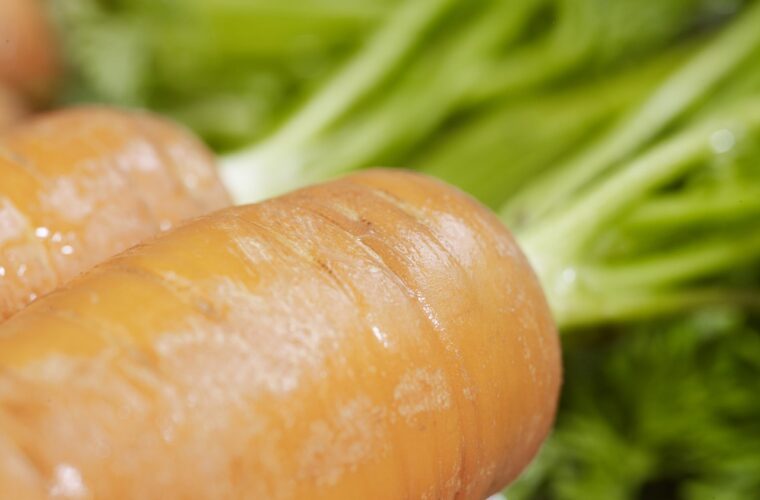The European project Mignei
It is a fact nowadays with the rapid technological development in all productive sectors and at different levels to have a replacement with the new technological methods.
A project in the framework of a European research project called MIGNEI aimed to capture some ancient construction activities, with particular interest and to capture an overall picture, such as the materials they used, the manual movements and techniques of the producers, but also the general geographical, architectural and cultural context in which these arts were born. This approach of the research program was done in some areas that are specific to the production product. One of them is cheese-making.
Computer scientists have decided to create a database that, in addition to cheese-making, includes loom weaving, silk weaving, traditional ceramics, dyeing clothes and blown glass. The way of approaching the connection of traditional arts and practices with the historical and geographical environment that has been developed is done with the interactive augmented reality and other modern tools.
Τhe latest digital technologies help people to understand, protect and promote old and traditional crafts.
The Mignei project was a way to help innovate ideas that engage today’s youth with older traditions. For example, in the cheese industry, technology was used to create a 3D scan of the tools used in traditional cheese production. So we have a form of digitizing all the processes of traditional cheese production with information that is transmitted using augmented reality including narration through a fascinating presentation of all the details of the production process. In many cases there are also educational applications to fully capture the traditional production technique using the internet and augmented reality.
The case of glassmaking
Glassmaking is a special art with many different uses for finished products. It is worth mentioning that the Conservatoire national des arts et métiers (CNAM) has been located in Paris since 1974. It is a museum of traditional and industrial arts and crafts as well as technological innovation. There are thousands of inventions, divided into 7 collections (Scientific Instruments, Materials, Energy, Engineering, Construction, Communication and Transportation) including glass.

Glassmaking combines artistic skills with a thorough technical and sensory understanding of the material. With a set of simple tools and processes, glass blowers are able to produce an almost endless variety of items, from decorative and fragile to durable and functional. Glassmaking and glass blowing exhibit a range of expressions from craft to industrial, and have been practiced around the world for centuries.
It is therefore an excellent opportunity to use important technological tools to capture the gestures of modern glassmakers (tools, light machines and glassware, etc.) and to explore “reverse engineering” techniques for “reinventing gestures”. In this way, the creators of rare classic objects can convey information, thus integrating it into motion-based narratives for its visitors, in an MRI environment.
The case of weaving
The structure of weavers (weaving) has not changed from the Neolithic era (from the first evidence of the existence of the weaver) to today’s weavers, made with the most advanced technologies. The technological development that took place due to the effort to improve the textile industry marked the Industrial Revolution that began in 18th century England and its aftermath. The evolution of weaving technology moved in two parallel directions: on the one hand, the need for easier and faster production led to the industrialization and eventual automation of repetitive movements of plain weaving (England 19th century).
The introduction of patterns in the fabrics led to the design of the loom so as to introduce intricate fabrics during weaving (France 19th century).
A development that inspired the later programming of computers. Both of these developments were combined in the form of the jacquard loom, which is perhaps the most important milestone in the development of textile technology. Advanced looms offered more opportunities for design and production. The use of jacquard marked a new era. The looms and the way of producing fabrics continue to evolve.
The Haus der Seidenkultur (HdS) is an industrial monument that serves as a museum in Krefeld. The museum hosts numerous activities for all age groups and uses technology: workshops, tours, temporary exhibitions and events make the museum a vibrant experience where the world of silk and the history of Krefeld textiles invite visitors to participate in an exciting discovery journey.



